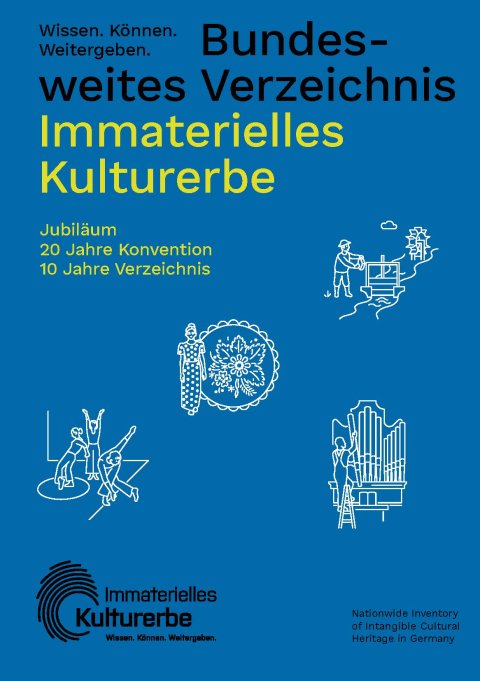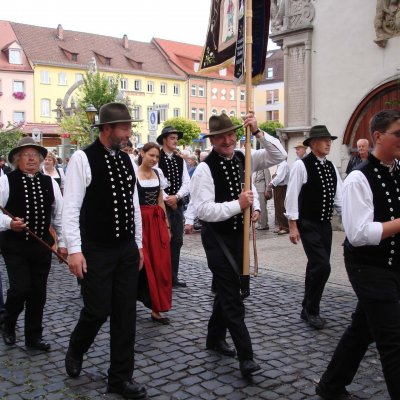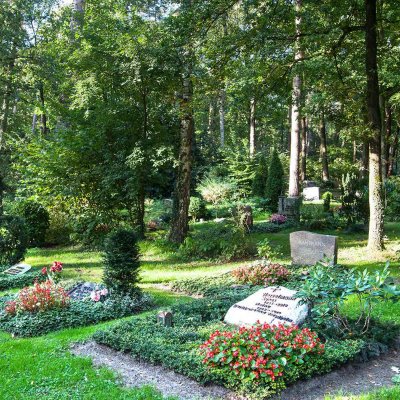Nationwide Inventory of Intangible Cultural Heritage
The Grasedanz
The Grasedanz, in which women play the lead role, is a living tradition in two villages in the Harz region. Local women initiated the festival more than 100 years ago to demonstrate appreciation for their work. Today the Grasedanz is known beyond the region and has an important place in the festival culture. The custom is open, versatile and cross-generational.

Facts & Figures
Crucial date: Third weekend of July in Neuwerk and first weekend of August in Hüttenrode
Inscription: 2020
Domains: Social practices, Rituals and festive event
Where to find: Hüttenrode and Neuwerk (Eastern Harz region)
The Grasedanz can be traced back to the year 1887. Local women and girls used to go to the mountain meadows with sickles and carrying baskets to get food for the livestock. In late summer they did the main work of haymaking. The men were mainly employed in mining and forestry as principal income earners. As compensation for the hard work of haymaking by the women, the hay harvest festival, the Grasedanz, was created.
The celebration's course is almost the same in both Harz villages. The festival lasts for a weekend and begins with the distribution of the birch trees, which decorate every entrance to a house in the village. On the following day, young women bring baskets that are decorated with flowers to the fairground, which is also decorated with flower garlands. A grass queen is determined by draw.
In both places, the knowledge about the Grasedanz and the associated customs is passed on through regular meetings of women, where especially the older Grase-women pass on their knowledge and skills to the younger generation. For many years, some secrets about the custom have been passed on exclusively orally. These gatherings are the most important source of information that ensures the continuity of the tradition.
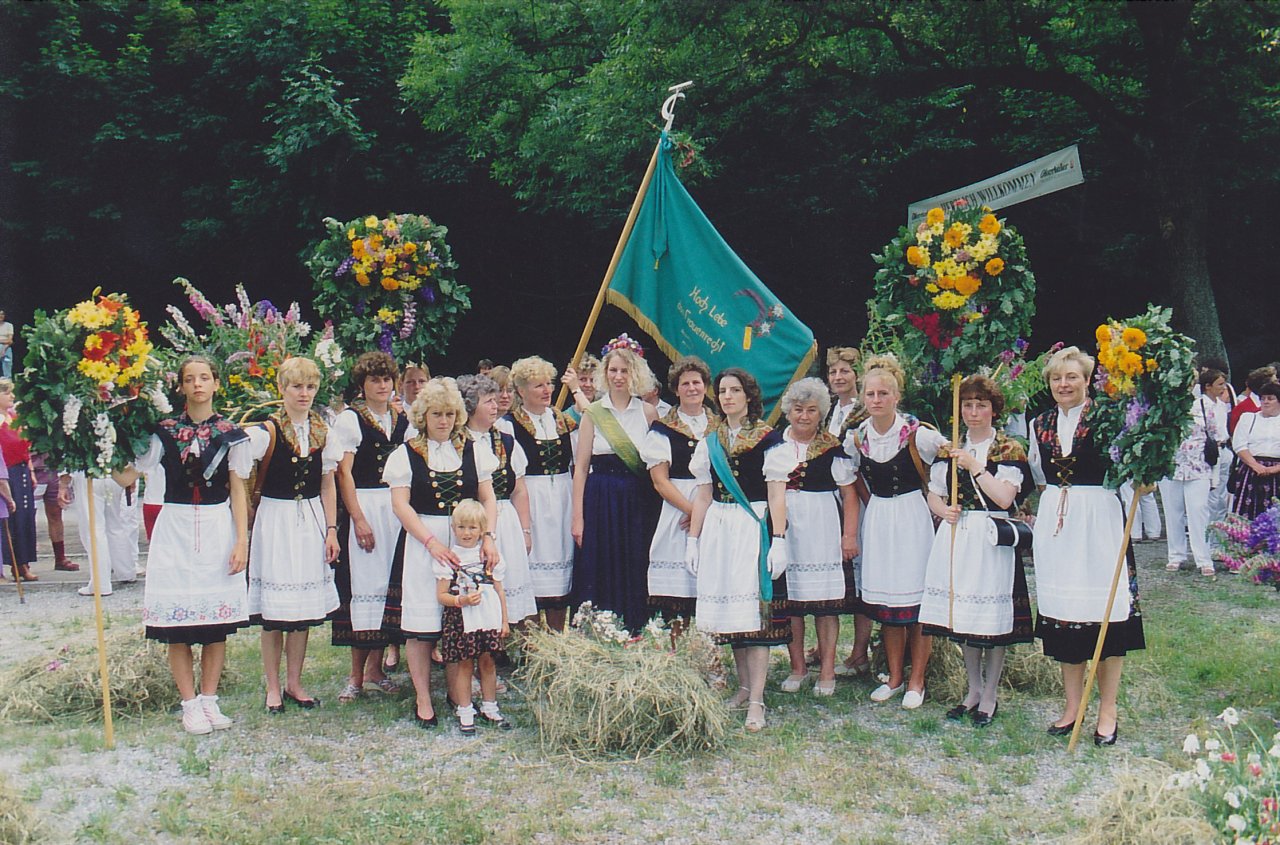
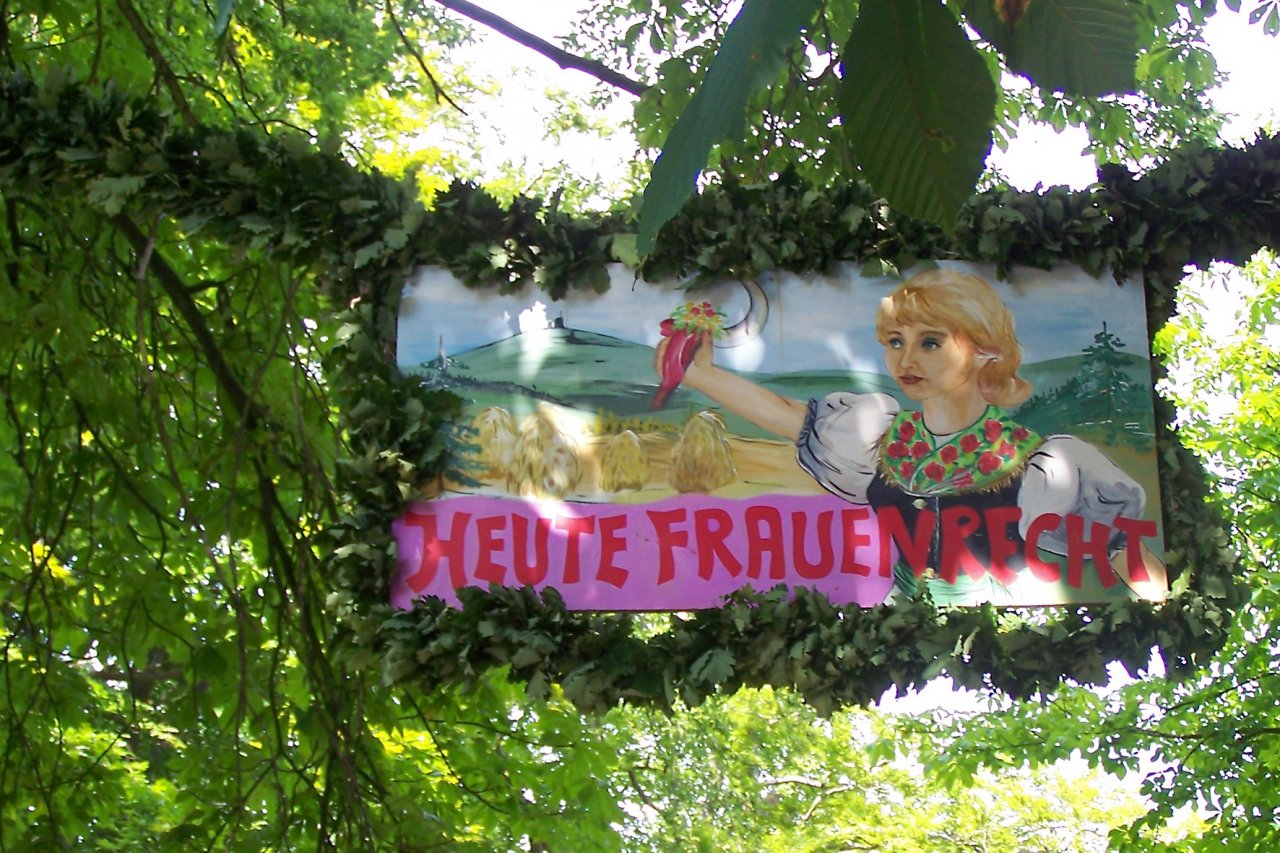
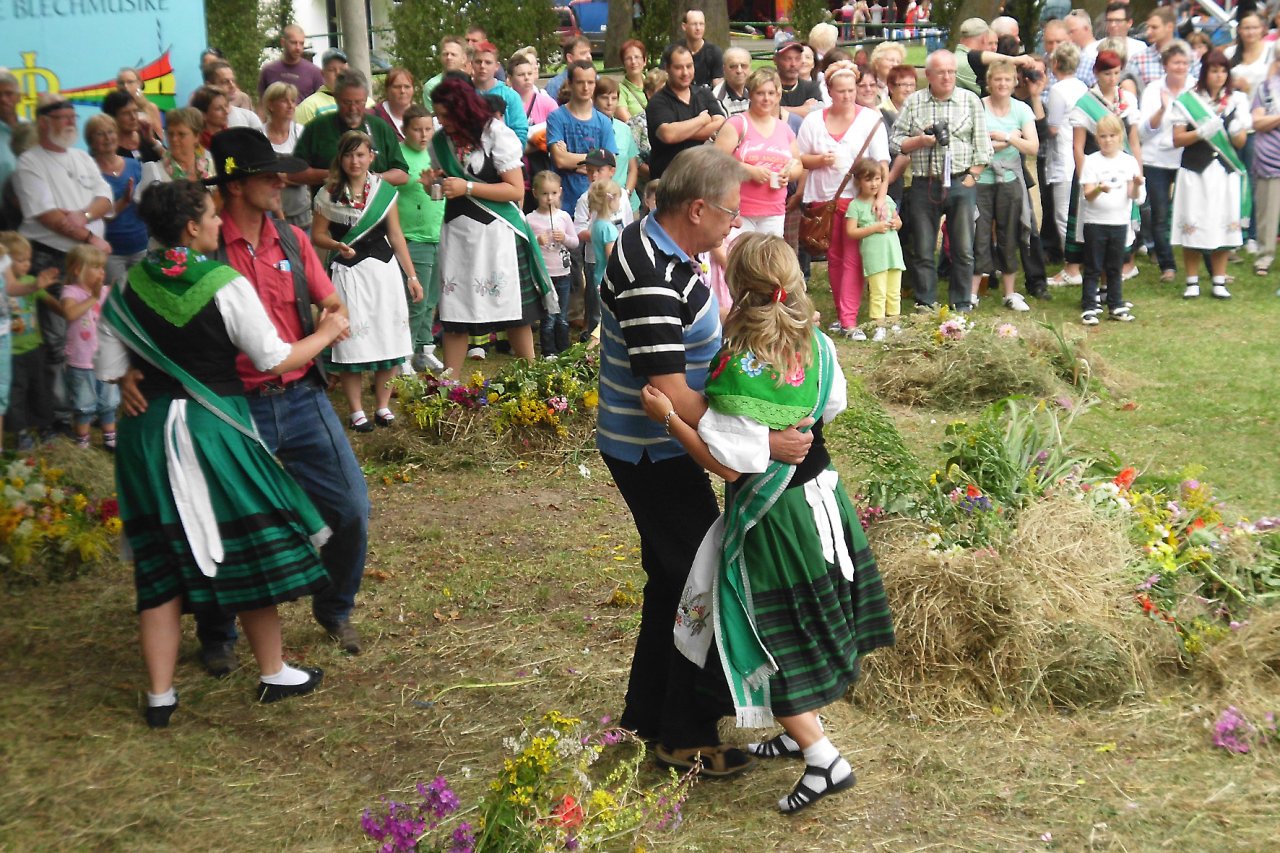
The Grasedanz in the Harz region has developed into a regionally well-known custom festival. Women's rights existed at the Grasedanz from the beginning on and led to the emancipatory enforcement of greater women's rights very early on. This is also reflected in an equal division of labour between men and women. The Grasedanz is both a tribute to the hard working women in agriculture, and an expression of the joy of life in this rather barren mountain region.


